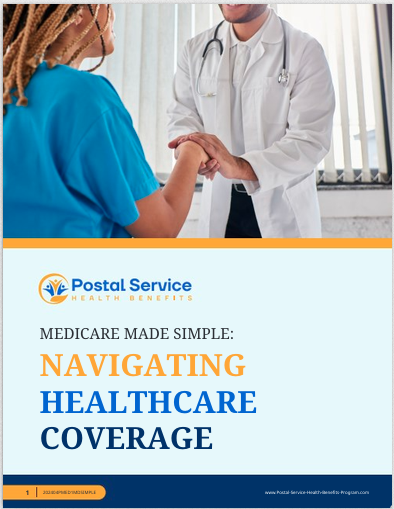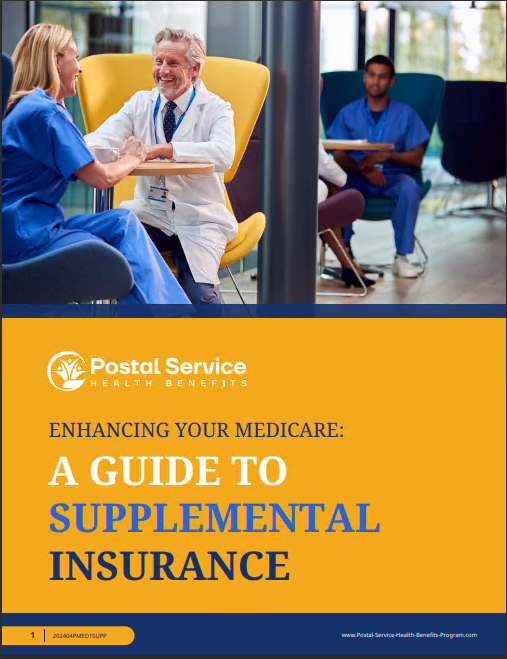Key Takeaways
- The Postal Service Health Benefits (PSHB) program is set to change significantly in 2025, impacting premiums and paycheck deductions for postal employees.
- Understanding how these changes will affect your income and healthcare options is crucial to preparing for the transition.
PSHB Premiums and Your Paycheck: What’s Changing in 2025
As 2025 approaches, postal employees are facing significant changes to their health benefits under the Postal Service Health Benefits (PSHB) program. With these changes come adjustments to premiums, paycheck deductions, and overall healthcare coverage. This shift, mandated by the Postal Service Reform Act of 2022, aims to better align the healthcare benefits of postal employees with those of federal employees, ensuring long-term financial sustainability for the program. However, these adjustments may also impact the financial planning and healthcare decisions of postal employees.
Overview of the PSHB Program
The Postal Service Health Benefits (PSHB) program is a new healthcare system created specifically for postal employees, retirees, and their families. This program is set to replace the Federal Employees Health Benefits (FEHB) program for postal workers, though the two systems will remain closely aligned. The PSHB program is being introduced as part of broader efforts to reform the financial situation of the U.S. Postal Service (USPS) and is expected to take effect in January 2025.
The key difference between PSHB and the existing FEHB program lies in the separation of postal employees into their own risk pool. This move is designed to help control costs and provide more tailored health plans for postal workers. However, it also means that premiums, plan options, and coverage details will change for current and future postal employees. Understanding these differences is crucial for postal employees as they prepare for the transition.
How Will PSHB Premiums Change?
One of the most significant changes postal employees will face under the new PSHB program is the adjustment to premiums. While the specific premium amounts for 2025 have not been finalized as of yet, there are several factors expected to influence these changes.
Factors Influencing Premium Adjustments
- Risk Pool Segregation: By creating a separate risk pool for postal employees, the PSHB program may see different premium rates than those experienced under the FEHB program. This change could lead to either increases or decreases in premiums, depending on the overall health of the postal workforce compared to the broader federal workforce.
- Medicare Integration: For current retirees and employees nearing retirement, a significant aspect of the PSHB program is its integration with Medicare. Under the new system, postal retirees who are eligible for Medicare Part A and Part B will be required to enroll in these programs. This integration is expected to reduce the overall costs for the PSHB program, potentially lowering premiums for those enrolled in Medicare. However, for those who are not yet eligible for Medicare, premiums may increase to compensate for the reduced pool of retirees within the PSHB system.
- Program Administration Costs: The costs associated with administering a new, separate healthcare program for postal employees may also affect premiums. The USPS and federal government are working to minimize these costs, but there is still uncertainty about how much these expenses will impact the premiums employees and retirees will pay.
Expected Premium Changes
While exact premium amounts are still being determined, postal employees should anticipate changes that may impact their monthly paycheck deductions. Given the potential for both increases and decreases depending on individual circumstances, it’s crucial for postal workers to stay informed about their options as the 2025 implementation date approaches.
Impact on Your Paycheck
The introduction of the PSHB program will have direct financial implications for postal employees, particularly in terms of paycheck deductions. Understanding how these changes will impact your take-home pay is essential for effective financial planning.
Payroll Deductions
The amount deducted from your paycheck for health insurance premiums under the PSHB program will depend on several factors, including the specific plan you choose, your employment status, and your family size. As premiums adjust under the new program, these deductions may change, leading to either an increase or decrease in your take-home pay. For many employees, this will be one of the most noticeable impacts of the PSHB transition.
Additional Costs and Considerations
Beyond premiums, employees should also consider other potential costs associated with their health benefits, such as deductibles, copayments, and out-of-pocket maximums. The structure of these costs may differ under the PSHB program, and they can significantly influence the overall affordability of your healthcare.
Preparing for the Transition to PSHB
As the 2025 implementation date for the PSHB program approaches, postal employees should take several steps to prepare for the upcoming changes. Being proactive will help ensure a smooth transition and minimize any potential disruptions to your healthcare coverage and financial stability.
Reviewing Plan Options
One of the first steps postal employees should take is to review the available PSHB plan options as soon as they are released. Comparing these options to your current FEHB plan will help you understand how your coverage and costs may change. Pay particular attention to factors such as premium amounts, coverage levels, and provider networks to ensure that you choose the plan that best meets your needs.
Understanding Medicare Requirements
For postal employees nearing retirement or already retired, it’s important to understand the Medicare enrollment requirements under the new PSHB program. If you are eligible for Medicare, you will be required to enroll in both Part A and Part B to maintain your PSHB coverage. This integration could lead to changes in your out-of-pocket costs, so be sure to factor this into your retirement planning.
Financial Planning Considerations
Given the potential changes to premiums and paycheck deductions, postal employees should consider reviewing their overall financial plans in light of the PSHB transition. This may include adjusting your budget, increasing your savings, or consulting with a financial advisor to ensure you are prepared for any changes to your income and expenses.
What to Expect in 2025
The transition to the PSHB program in 2025 marks a significant shift for postal employees and retirees. While the exact details of the program are still being finalized, it’s clear that these changes will have a wide-ranging impact on both healthcare coverage and personal finances.
Anticipated Challenges
One of the primary challenges employees may face is navigating the new system and understanding how their benefits will change. With new plan options, premium structures, and Medicare integration, there will be a learning curve as employees adjust to the PSHB program. It’s important to stay informed and seek guidance from resources such as USPS communications and licensed insurance agents to ensure a smooth transition.
Potential Benefits
Despite the challenges, the PSHB program also offers potential benefits, particularly in terms of long-term financial stability for the USPS and its employees. By creating a separate risk pool and integrating with Medicare, the program aims to control costs and provide more sustainable health benefits for postal workers. Over time, these changes could lead to more predictable premiums and a more financially secure retirement for postal employees.
Moving Forward: Staying Informed and Prepared
As the 2025 transition to the PSHB program draws nearer, staying informed and prepared will be key to successfully navigating these changes. Postal employees should regularly check for updates from the USPS and other reliable sources to stay on top of any new developments. Additionally, taking proactive steps such as reviewing plan options, understanding Medicare requirements, and adjusting financial plans will help ensure a smooth transition to the new system.
While the shift to the PSHB program represents a significant change, it also offers opportunities for postal employees to better align their healthcare benefits with their needs. By staying informed and taking action now, postal workers can make the most of these changes and secure their financial and healthcare futures.
Contact Information:
Email: [email protected]
Phone: 14352602264







